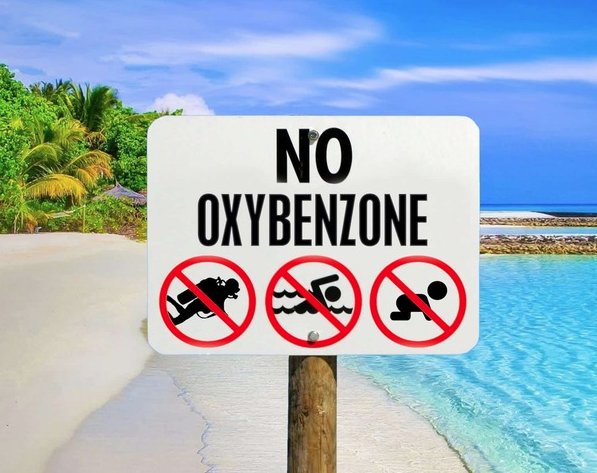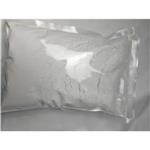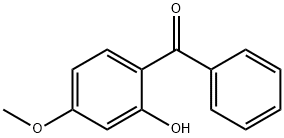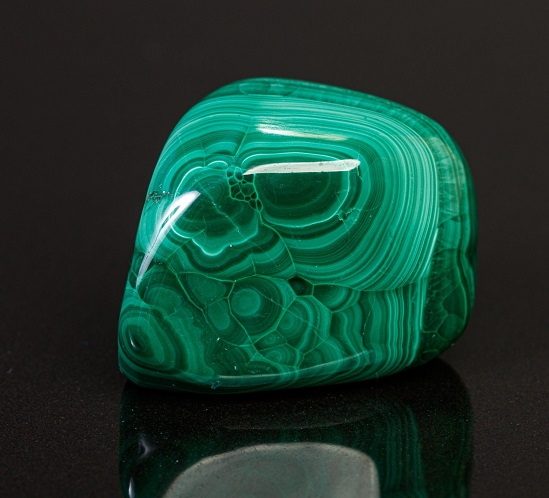The safety of Oxybenzone as a sunscreen
Oxybenzone is an ultraviolet (UV) absorber used in 70% of sunscreen products, is a recognized endocrine-disrupting chemical (EDC) and is small enough to pass through skin and placenta barriers. Numerous studies have identified this chemical in the urine/blood of pregnant women and fetal and umbilical cord blood.

In 2018 and 2019, the state of Hawaii and Key West, Florida banned the sale of sunscreen containing Oxybenzone (BP-3) or octinoxate (OMC) due to their detrimental threat to the marine ecosystems. Their toxic effects on other species have alarmed the general public about their potential to impact human health when applied to human skin.
BP-3 and OMC are two common sunscreen ingredients known to have endocrine-disrupting potential. While they are mainly used as UV filters in sunscreens, they are also prevalent in air, drinking water, cosmetics, fragrances and plastic packaging, providing additional routes of exposure to humans. Numerous studies have shown that they can penetrate through the skin and enter the systemic circulation. They have been detected in urine, blood, semen, and even amniotic fluid and breast milk, thereby raising concerns about their negative consequences on fetal development as well as other organ systems.
The estrogenic and anti-androgenic activities of BP-3 have frequently been reported in vitro, and animal studies, but their impact on human reproductive endocrine systems has not been addressed in great detail. There are four studies that investigated the effect of elevated systemic levels of BP-3 on reproductive hormone levels. In males, the urinary BP-3 concentration was associated with significantly lower serum total testosterone levels in a cross-sectional study with 588 adolescents. The same association was also observed in a single-blinded study, which measured the plasma testosterone levels of 15 males after topical application of BP-3-containing cream. However, the author indicated that the difference was more likely due to normal biological variations in hormone levels because the statistical difference was also evident in blood samples drawn before sunscreen application. The clinical significance of BP-3 effect on testosterone level may require further studies as two other studies found no association between BP-3 level and male semen quality or infertility. In females, however, there was no statistically significant association between urinary BP-3 concentration and reproductive hormone levels, such as estradiol, progesterone, FSH and LH.
References:
[1] SUSIE SUH BA, PHD. The banned sunscreen ingredients and their impact on human health: a systematic review[J]. International Journal of Dermatology, 2020, 59 9: 1031-1167, e315-e346. DOI:10.1111/ijd.14824.You may like
See also
Lastest Price from UV absorber UV-9 manufacturers

US $0.00-0.00/KG2025-07-05
- CAS:
- 131-57-7
- Min. Order:
- 1KG
- Purity:
- 99.0%
- Supply Ability:
- 10000KGS

US $0.00-0.00/KG2025-06-11
- CAS:
- 131-57-7
- Min. Order:
- 0.0001KG
- Purity:
- 99.99%
- Supply Ability:
- 2000000T


